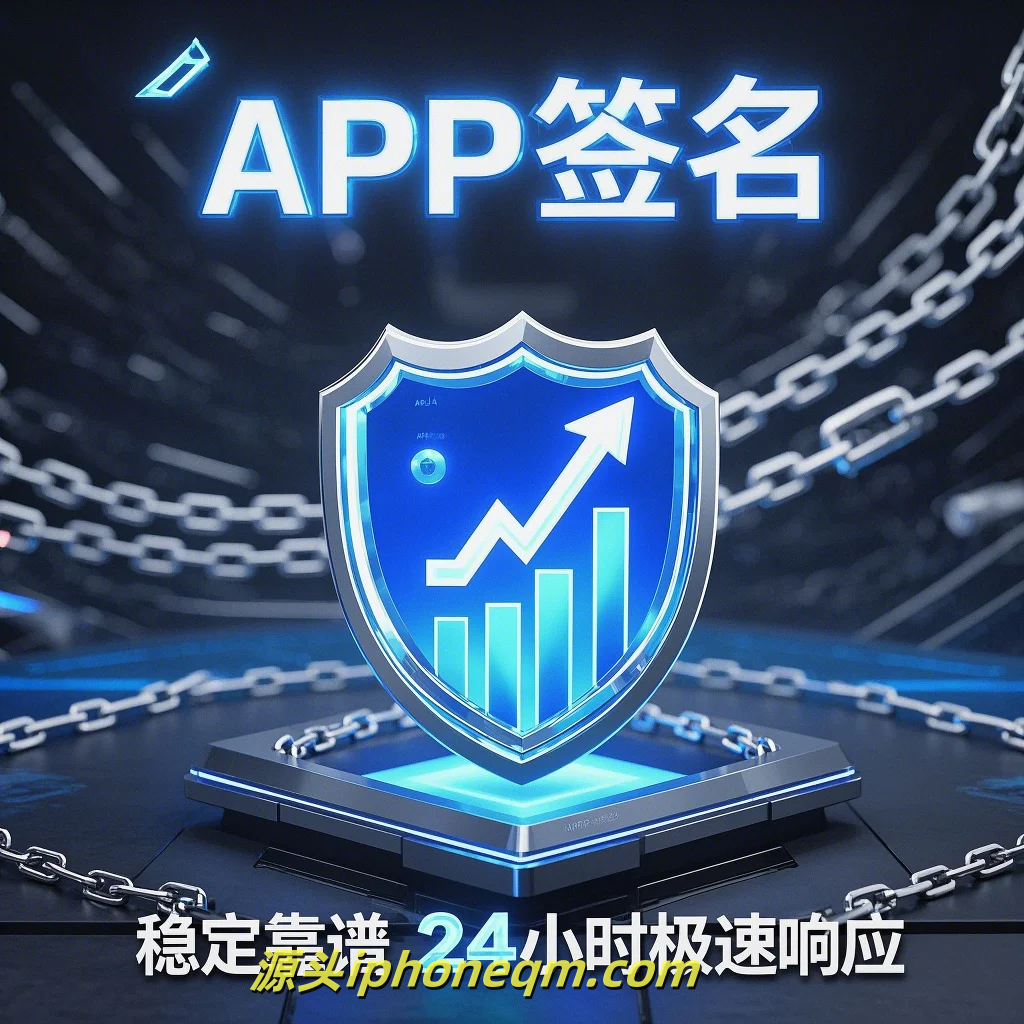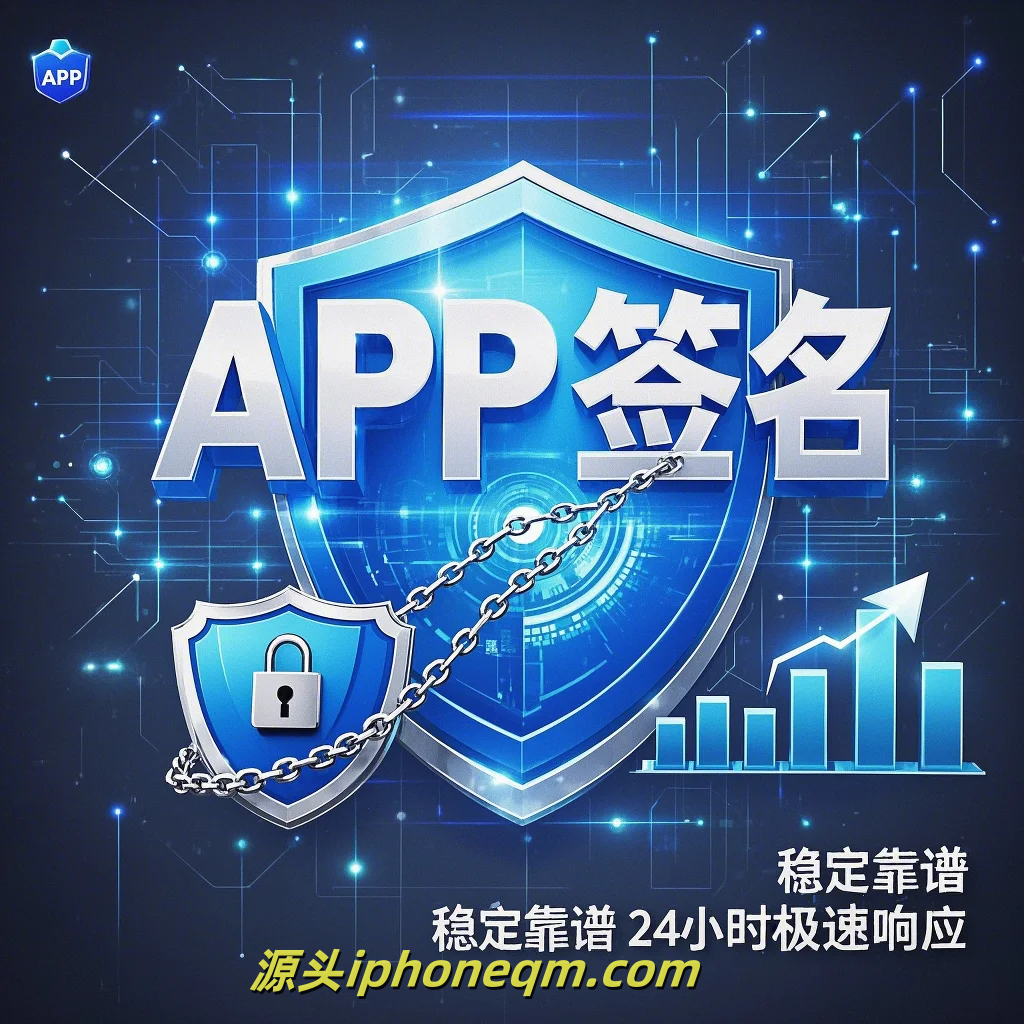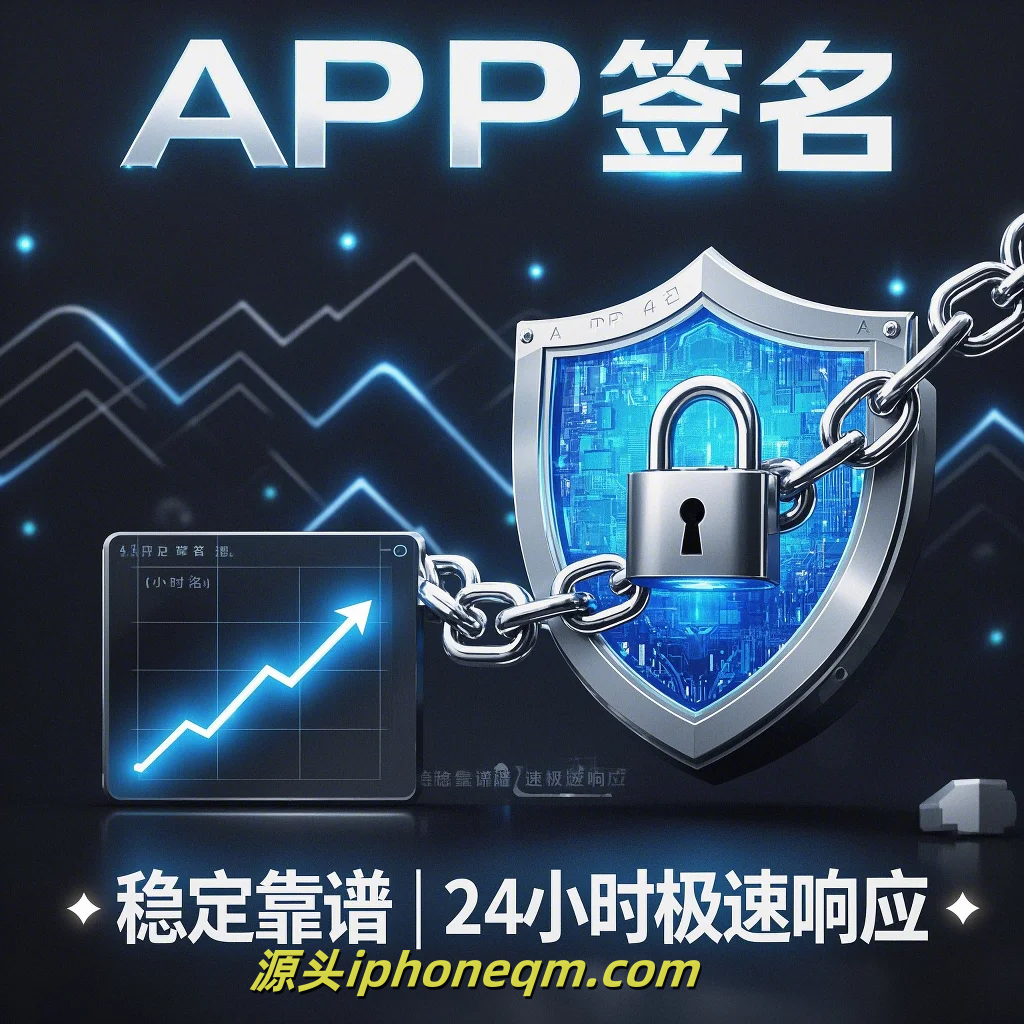Common Mistakes in Apple Signing Process
Navigating the Apple signing process can be a challenging endeavor, especially for developers looking to deploy apps on the App Store. While Apple has streamlined the process over the years, there are still common mistakes that developers often make. In this article, we will explore these pitfalls and offer tips on how to avoid them, ensuring a smoother signing experience.
One of the most frequent mistakes occurs during the creation of certificates. Developers often overlook the crucial step of generating the Certificate Signing Request (CSR) file. Without this file, Apple cannot create your certificate, leading to delays. The CSR is a key component that establishes your identity and authorizes Apple's servers to generate the required certificates. Always remember to generate this file from your keychain access and upload it correctly.
Once the certificates are generated, developers frequently forget to download and install them on their machines. It may seem simple, but neglecting to install certificates can lead to confusion later on when the build process fails due to missing credentials. Ensure that you have the latest certificates installed and that they are correctly updated in your Xcode.
Another common blunder involves provisioning profiles. These profiles are essential for app testing and distribution as they define the app's allowed execution environment. Developers often either forget to create a provisioning profile or create one that does not match their app settings. Ensure that the bundle identifier in your provisioning profile matches exactly with the one used in your app. Any mismatch will lead to sign errors during the building process.
Additionally, developers sometimes mistakenly use expired certificates. Apple’s signing process requires valid certificates to operate smoothly. Regularly check the expiration dates of your certificates and renew them well in advance. It is also advisable to revoke any unused or compromised certificates to maintain security and prevent confusion.
When it comes to app IDs, developers often confuse them with bundle identifiers. The app ID is tied to your App Store account, while the bundle identifier uniquely identifies your app. Make sure to create a new app ID for every new app and link it to the correct provisioning profile. This reduces the chance of signing issues and guarantees that your app gets the intended permission levels.
Furthermore, failing to properly configure build settings in Xcode is another frequent error. Developers often overlook the manually assigned code signing identities and provisioning profiles, leading Xcode to default to incorrect settings. Always go to the build settings in Xcode and manually verify that the correct identities and profiles are selected for both the Debug and Release configurations.
Finally, many developers are not aware of the importance of continuous updates. Apple frequently updates their signing policies and procedures, so staying informed about these changes is crucial. Subscribe to Apple's developer news channels or forums to keep yourself updated with the latest information regarding signing processes and requirements.


In conclusion, navigating the Apple signing process can lead to various complications, but by avoiding these common mistakes, developers can save time and resources. Generating and installing certificates correctly, ensuring that provisioning profiles match, and keeping build settings updated are all essential practices. By maintaining vigilance and regularly educating yourself on Apple’s signing policies, you can ensure that the deployment of your app is as smooth and efficient as possible. Happy coding!
扫描二维码推送至手机访问。
版权声明:本文由MDM苹果签名,IPA签名,苹果企业签名,苹果超级签,ios企业签名,iphoneqm.com发布,如需转载请注明出处。












